With the 2020/21 NBA regular season in the books, half of the league’s teams have shifted their focus to the offseason, and others will soon follow suit. With that in mind, it’s time to retire our list of the NBA’s key in-season dates and deadlines for the ’20/21 campaign in favor of an updated offseason calendar of the most important dates facing teams and players in the coming months.
With the help of information from ESPN’s Bobby Marks, here’s a breakdown of many of the NBA’s important dates and deadlines for the next few months:
May 25
- NBA conducts random tiebreakers for lottery and draft positioning (link).
May 30
- Deadline for early entrants to declare for the NBA draft (10:59pm CT).
- Note: For more information on draft-related dates and deadlines, check out our full breakdown.
June 19-21
- NBA G League Elite Camp (link).
June 21-27
- NBA draft combine.
June 22
- NBA draft lottery.
July 7
- Last day for early entrants to withdraw from the NBA draft and retain their NCAA eligibility (10:59pm CT).
July 19
- Deadline for all early entrants (including international players) to withdraw from the NBA draft (4:00pm CT).
July 22
- Latest possible end date for the NBA Finals.
July 23 – August 8
- Tokyo Olympics.
July 29
- NBA draft day.
August 1
- Last day for decisions on player, team, and early termination options (some individual contracts may require earlier decisions).
- Last day for teams to make qualifying offers to players eligible for restricted free agency.
August 2
- Last official day of the 2020/21 NBA league year.
- Last day for players eligible for veteran extensions in 2020/21 to sign them.
- Teams can begin negotiating with free agents (5:00pm CT).
August 3:
- Official start of the 2021/22 NBA league year.
- Moratorium period begins.
- Restricted free agents can sign an offer sheet.
- Teams can begin signing players to rookie scale contracts, minimum salary contracts, and two-way contracts.
- Teams can begin exercising the third- or fourth-year team options for 2022/23 on rookie scale contracts.
August 6
- Moratorium period ends (11:01am CT)
- Teams can begin officially signing players, extending players, and completing trades (11:01am CT).
- The two-day period for matching an RFA offer sheet signed during the moratorium begins.
August 8-17
- Las Vegas Summer League (link).
August 13
- Last day for teams to unilaterally withdraw qualifying offers to restricted free agents.
There are a number of minor NBA offseason deadlines that typically land in July or August, which we’re still waiting to hear about.
For instance, in a normal league year, August 31 would be the last day for a team to waive a player and apply the stretch provision to his current-year salary. Our working assumption is that deadlines like that one will be moved back by a few weeks along with the rest of this year’s offseason dates, but we don’t know the specific details yet.
There were also several traded player exceptions created during last year’s free agent period whose expiry dates may be moved forward so that they better line up with the 2021 free agent period. We’ll wait for further clarity on those TPE expiry dates as well.
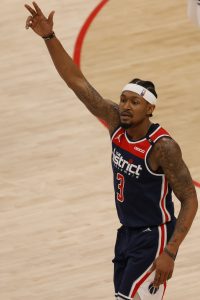
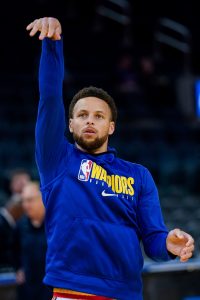 Although the Warriors couldn’t pick up a win on Wednesday, their performance against the defending-champion Lakers showed why they’ll enter Friday’s game as the favorites. The Dubs held the Lakers to 40.7% shooting and led for most of the night, but a miracle
Although the Warriors couldn’t pick up a win on Wednesday, their performance against the defending-champion Lakers showed why they’ll enter Friday’s game as the favorites. The Dubs held the Lakers to 40.7% shooting and led for most of the night, but a miracle 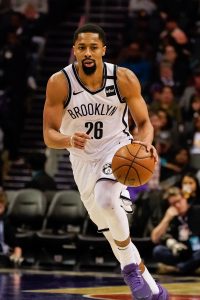
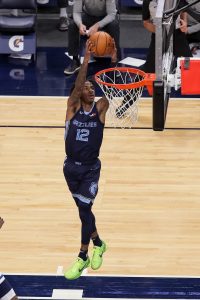 The Spurs are missing starting guard
The Spurs are missing starting guard 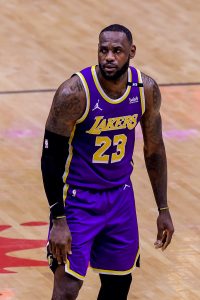 On paper, the defending-champion Lakers look like the obvious pick here, with James and Davis back in the lineup and the team on a five-game winning streak entering the play-in tournament. The Lakers will have home-court advantage and will be motivated to take care of business on Wednesday in order to get some rest before the first round begins. Betting sites, including
On paper, the defending-champion Lakers look like the obvious pick here, with James and Davis back in the lineup and the team on a five-game winning streak entering the play-in tournament. The Lakers will have home-court advantage and will be motivated to take care of business on Wednesday in order to get some rest before the first round begins. Betting sites, including 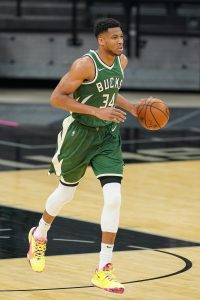
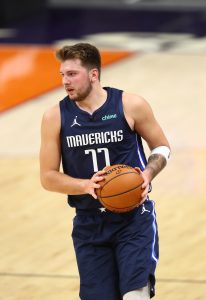
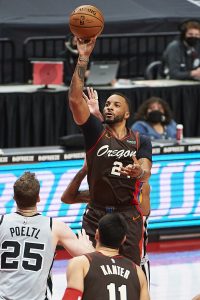 Norman Powell
Norman Powell